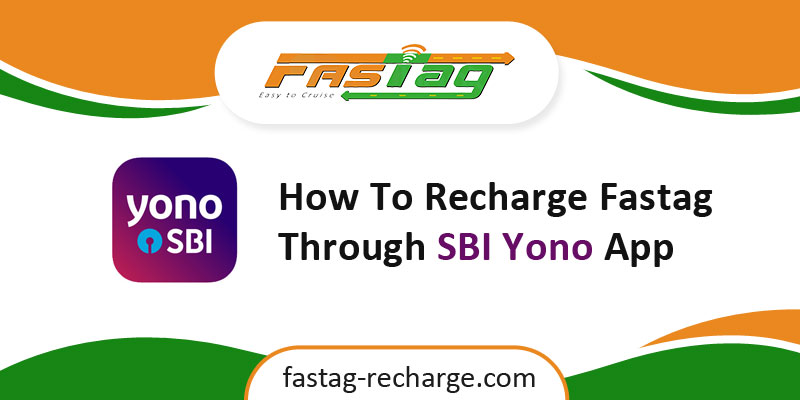As you know that Fastag is a pre-paid card that is used for the automatic payment of toll taxes at the toll plazas. It is necessary to recharge your Fastag regularly so that you can get the benefits offered by it.
Table of Contents
The rechargeable Fastag provides a very convenient method of traveling through the highways. With the help of Fastag, the vehicle owners don’t have to pay any fees through cash as the toll payment is deducted from their prepaid Fastag wallet. Fastag can be recharged at any time and whenever needed. Fastag is easy to use and it can be easily applied on your four-wheeler vehicle just by removing the adhesive material that comes with it in the form of a sticker.
Fastag is one of the latest technology that has changed the way four-wheeler vehicle owners travel a lot. Fastag is especially beneficial for those who travel long distances every day and have to cross the national highways. The main benefit of Fastag is that it reduces waiting times at the toll plazas because the toll payment is made automatically and the vehicle owners can cross the toll barriers within few minutes without having to wait in long lines of toll plazas.
Once affixing Fastag sticker on the windshield of your vehicle, the Fastag makes a connection with the sensors at the toll plazas through Radio Frequency identification technology i.e RFID, and can be used to pay the toll fees directly from your wallet. You just need to recharge your Fastag through one of the many available methods.
There are many ways to get a Fastag like you can apply it online from banks like SBI, HDFC, ICICI, or mobile payment apps like Paytm, Google Pay, Phone Pe, Amazon Pay, etc. Similarly, you can recharge Fastag through many ways for example, online through the bank’s official Fastag portals or through various mobile payment and UPI-based apps.
Another way to recharge your Fastag is through apps from various banks. Here in this article, we will explain step by step process to recharge your Fastag through the SBI YONO app.
Steps to recharge SBI Fastag using Yono App
- To recharge your Fastag through the SBI Yono app, first of all, you have to download and install it into your smartphone.
- After installing the Yono App open and login into it.
- When you log in to the Yono app, you see an interface where you have to scroll down.
- Here you will see an option “Bill Payments” after scrolling a little down.
- Click on this option, then you will see the ‘Quick Bill Pay” option
- Clicking on the ‘Quick Bill Pay’ option will further open up many options, from where you have to select ‘Fastag’
- Then you will see an option “Biller Location”
- Here you will see two fields.
- In the first field, you have to select ‘National’ from the drop-down
- In the second drop-down, you will see “Biller Name” from where you have to select the bank from which you have purchased your Fastag. For example, select SBI from this select
- Now click on the ‘Next button
- After that, you will be asked to enter your vehicle Number, Mobile Number, etc, and then click on the ‘Next’ button.
- Fill in the recharge amount that you want to reload your Fastag account with.
- Your Fastag recharge will be complete after you verify the OTP received on your registered mobile number.
What is a FASTag?
FASTag is a device that employs Radio Frequency Identification (RFID) technology for making toll payments directly while the vehicle is in motion. FASTag (RFID Tag) is affixed on the windscreen of the vehicle and enables a customer to make the toll payments directly from the account which is linked to FASTag. FASTag is operational at over 750 toll plazas, including all NH toll plazas and over 100 SH toll plazas in India.
What are the benefits of SBI FASTag
- For Road Users
- Near non-stop motion through toll plazas
- Convenience for cashless payment of toll fee
- Less traffic congestion and reduced commute times
- Toll statements which can be mailed or made available online
- Near non-stop motion through toll plazas
- Convenience for cashless payment of toll fee
- Less traffic congestion and reduced commute times
- For Toll Operator
- Lower operating costs
- Better audit control through centralized user accounts
- Improved capacity without being required to build more infrastructure
- For Government
- Savings on fuel and reduction of emissions from idling and repeated stops at toll plazas.
- Improves transparency of toll transactions

